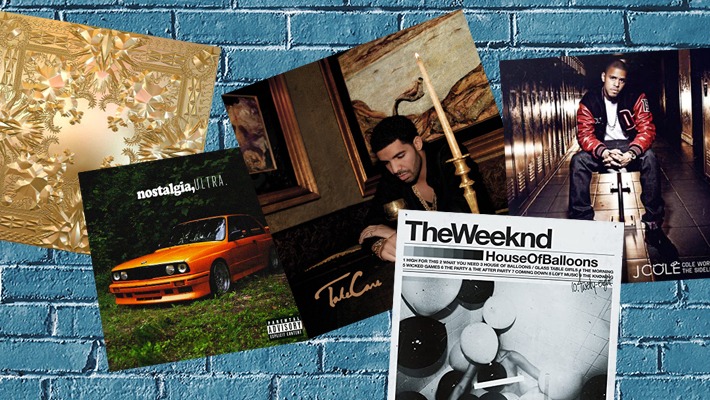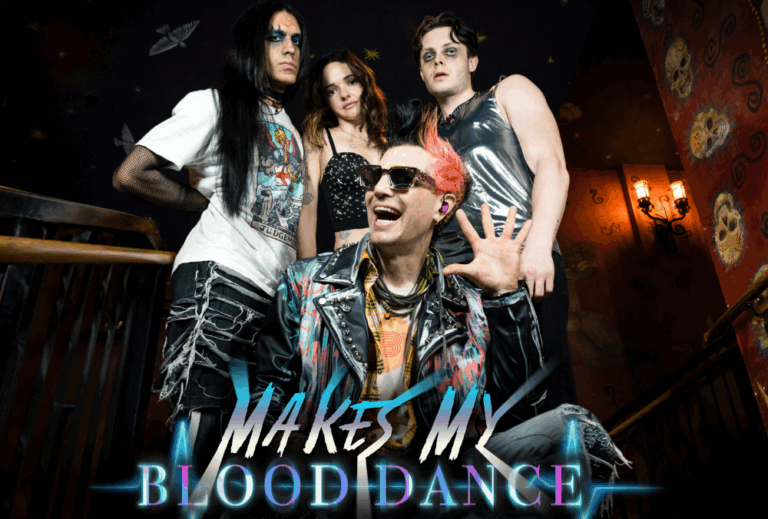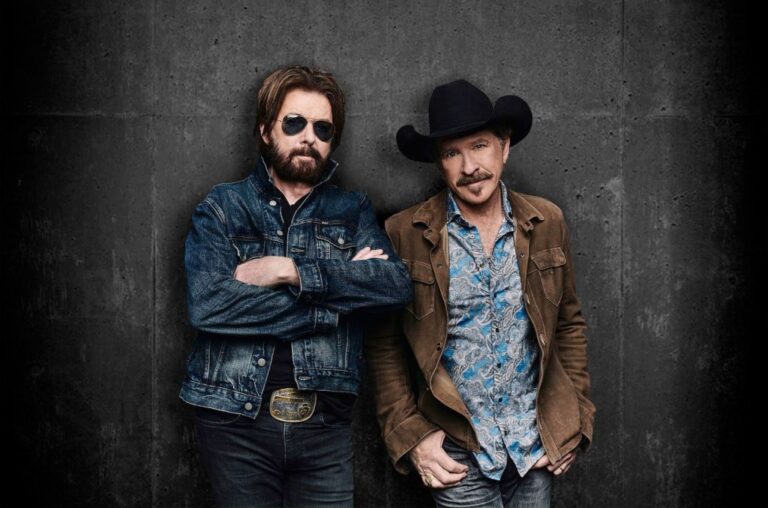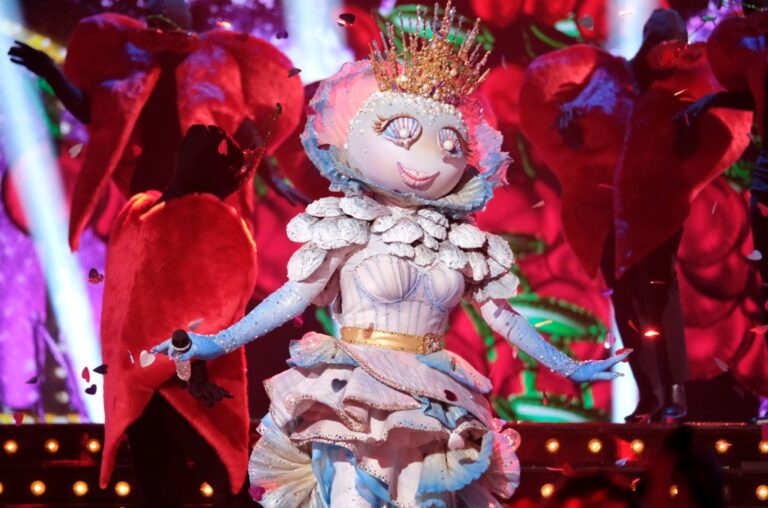A lot can change in a year. For hip-hop, that year was 2011. Coming in the middle of the blog rap free-for-all that spawned many of today’s top-line performers, 2011 was the year that set the tone, style, and direction of the decade to come. Think about it: With the exception of a handful of explosive breakouts in the interim, rap and hip-hop have been dominated by artists who either debuted or came into their own that year. Between then and now, we’ve seen many of those artists evolve, regress, take wild left turns, and become reclusive, legendary figures, but their innovations and influences have reverberated out into the wider pop culture universe like ripples in pond water. These albums are the stones that created those ripples, changing the course of hip-hop and helping to make it the global force it is today.
ASAP Rocky — Live Love ASAP
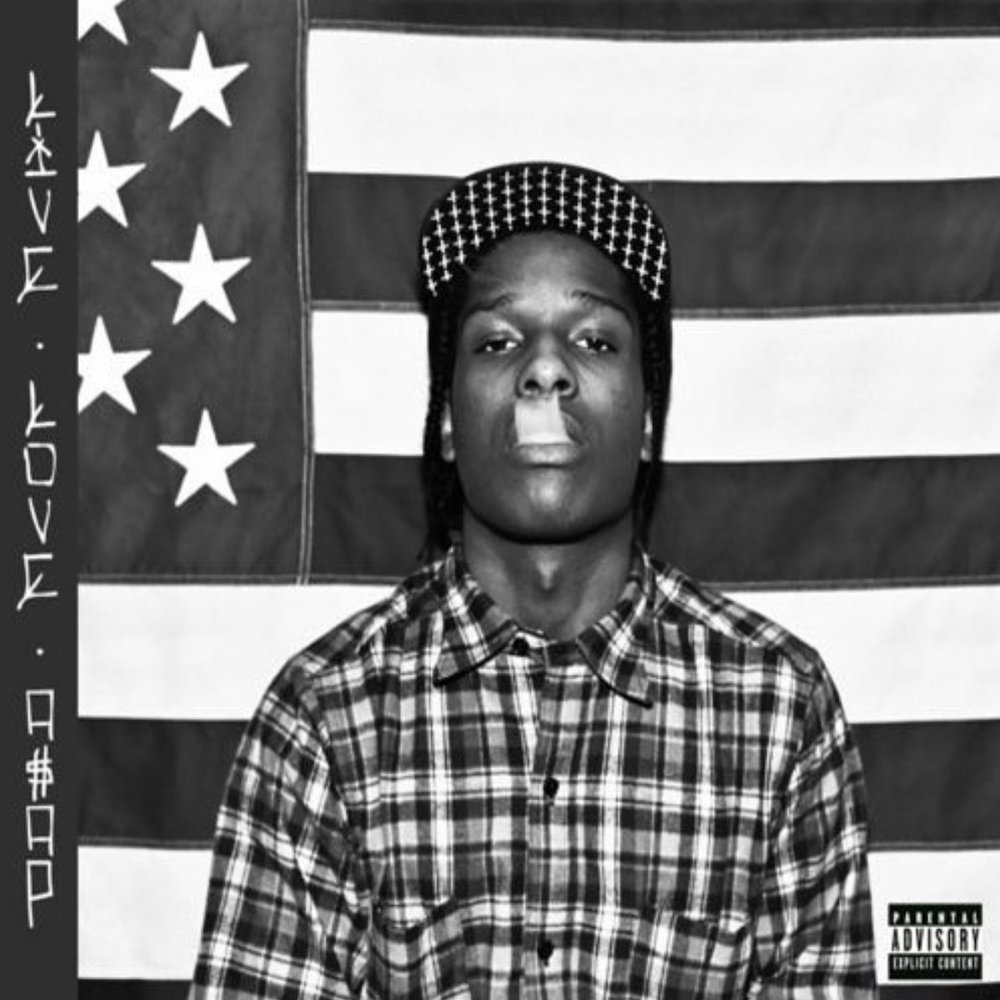
Wait a minute. You mean to tell me that a born-and-bred Harlem kid could produce a mixtape sounding like a demon death-child of Houston screw and Memphis crunk, rapping almost solely about the high-low collision of streetwear and luxury labels, and not only have an indelible hit on his hands but also near singlehandedly revive both regional styles on a national level and make that sort of cross-country mashup not only acceptable but the de facto default mode of hip-hop in ten years?
Sign me the f*ck up.
Big KRIT — Return Of 4eva
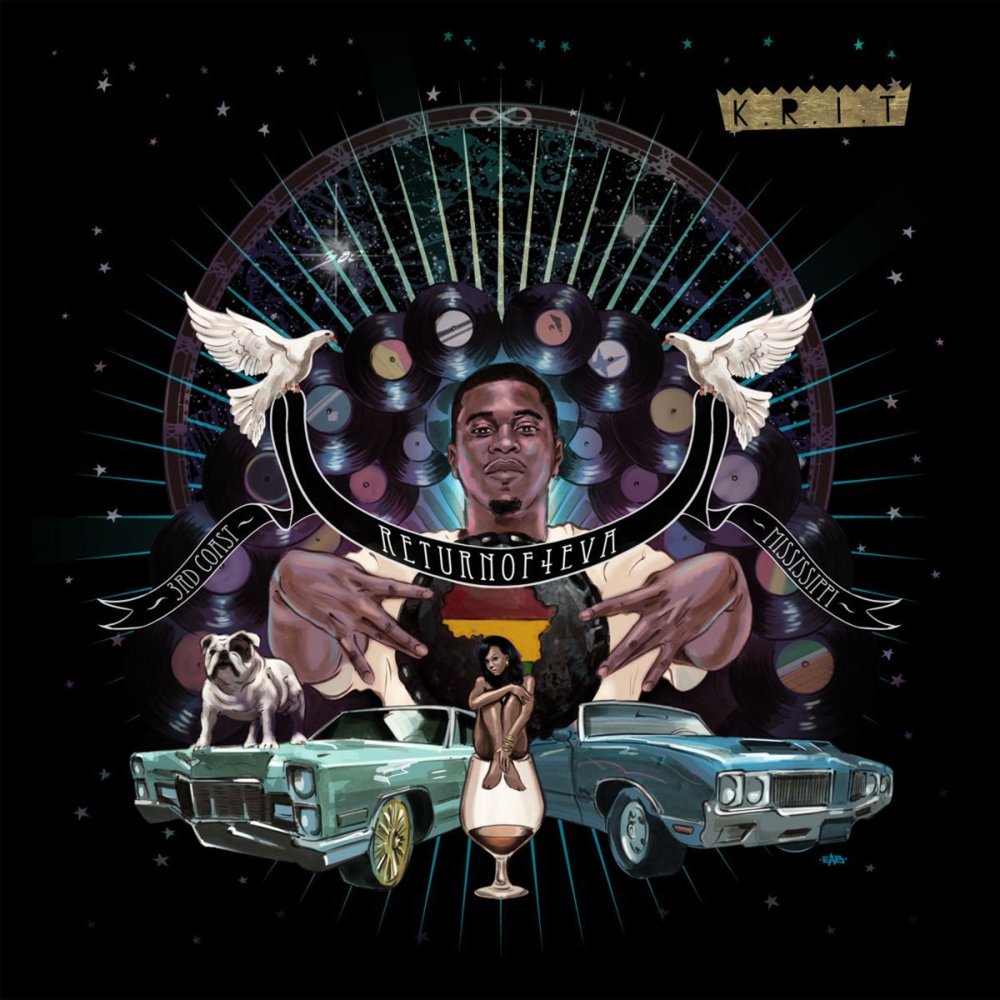
Big KRIT brought back the era of the self-produced rapper — or the rapping producer, depending on how you look at it. While his fortunes waned in the wake of his ill-fated major deal with Def Jam, Return Of 4eva helped spark a new wave of producer-rappers and helped keep the Pimp C/DJ Paul-style soul-sample-and-heavy-808 production alive. Return Of 4eva is still considered one of the definitive projects of the so-called “blog era” and I would dare to go a step further in saying it was probably the capstone of the “mixtape era” that preceded and bled over into it. Previous to Return Of 4eva, you could get away with filling out a mixtape with radio record freestyles and throwaway tracks. After that, the bar was raised; anything less than a straight-up album wouldn’t cut it, because KRIT gave us 21 songs and 75 minutes of original production, razor-sharp lyricism, and raw, unfiltered Southern realness — and he did everything himself.
Danny Brown — XXX
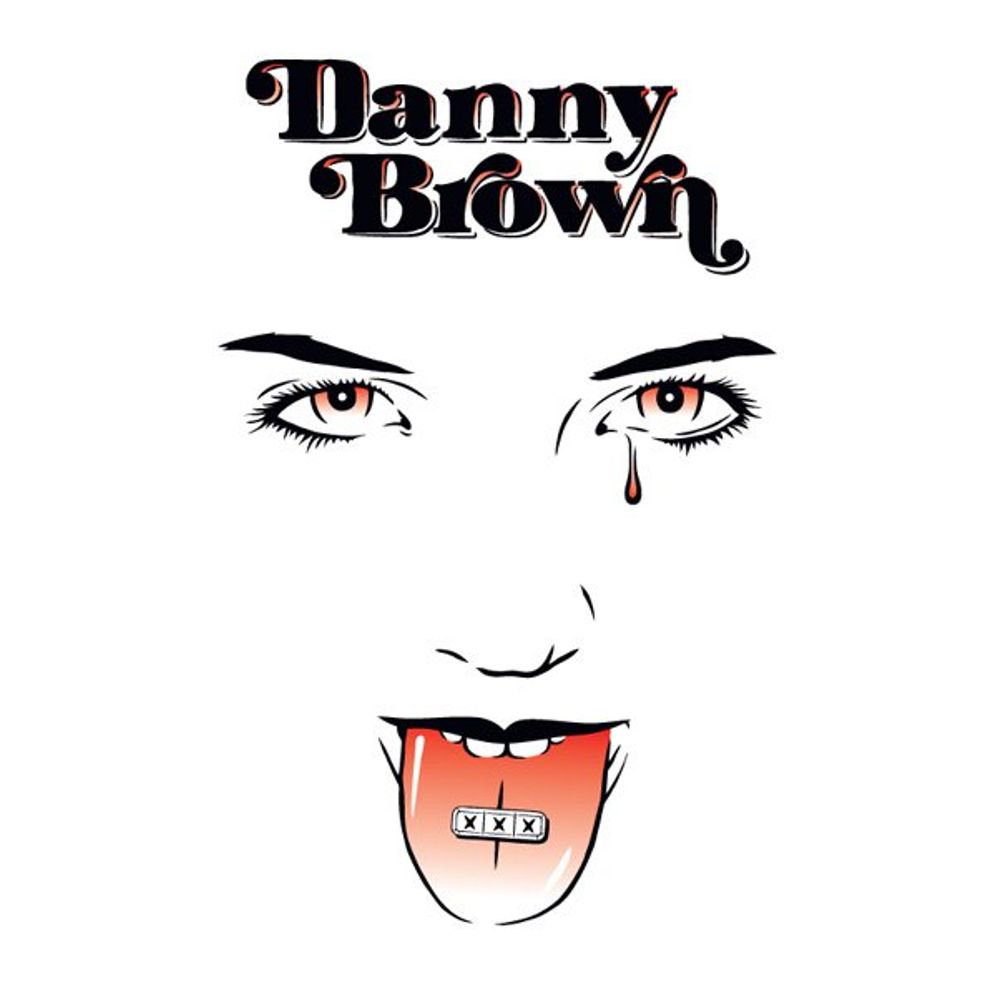
Without Danny Brown’s druggy, cantankerous yowl and misfit storytelling, hip-hop may never have had space for the sort of weirdoes that he inspired. Just look at Jpegmafia, who switches from glum-raps to antic shouts over some of the glitchiest, least radio-friendly production imaginable. There’s no doubt in my mind that XXX also paved the way for the apocalypse-in-progress beats and bracing, face-punching wrath of Run The Jewels to complete for Grammys.
Drake — Take Care
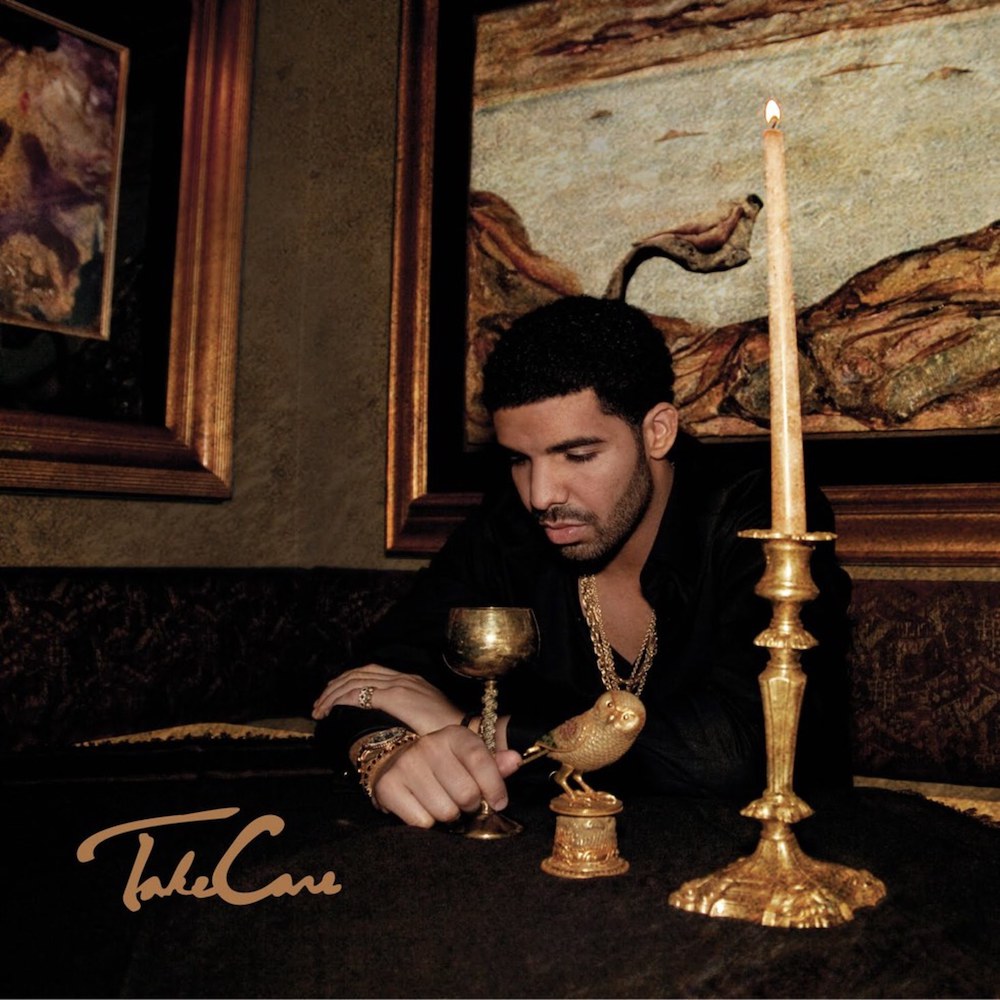
The album that more or less birthed the entire generation of hip-hop that succeeded it, Take Care is considered by many to be Drake’s sole classic — debatable — as well as the most cohesive effort of his career. When he boasted that every song “sounds like Drake featuring Drake,” those words would prove to be prophetic, as his filtered ’90s soul-sampling ways would form the foundation of seemingly every new artist’s sound from Bryson Tiller to Doja Cat, with even the more rebellious and original-sounding acts riding the border between reactionary rejection to begrudging homage. This is not fame; this is clout.
Frank Ocean — Nostalgia, Ultra
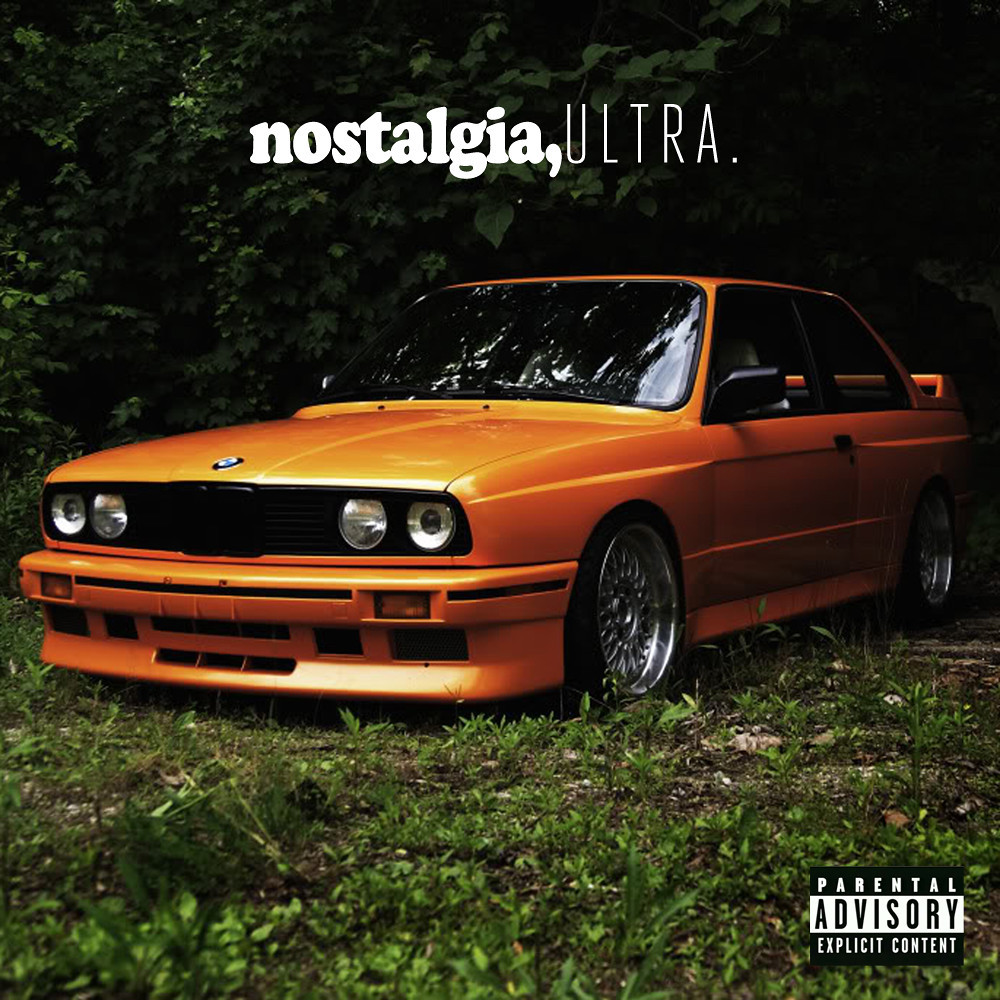
In 2011, Frank Ocean was the odd man out of the Odd Future collective. Although he’d shown he could deliver snarky bars right alongside his Fairfax-raised brethren, his stock in trade was singing and emotive songwriting in the mode of the then-burgeoning alternative R&B style some publications at the time tried to dub “PB&R” — thank goodness that never stuck. Nostalgia, Ultra was somehow the perfect term to describe the dreamy often fictionalized world of this tape’s tracks, which voraciously pillaged Eagles samples and the glitchy pop of Mr. Hudson alike, laying the groundwork for the omnivorous intake of hip-hop’s producers for the decade to come.
J. Cole — Cole World: The Sideline Story
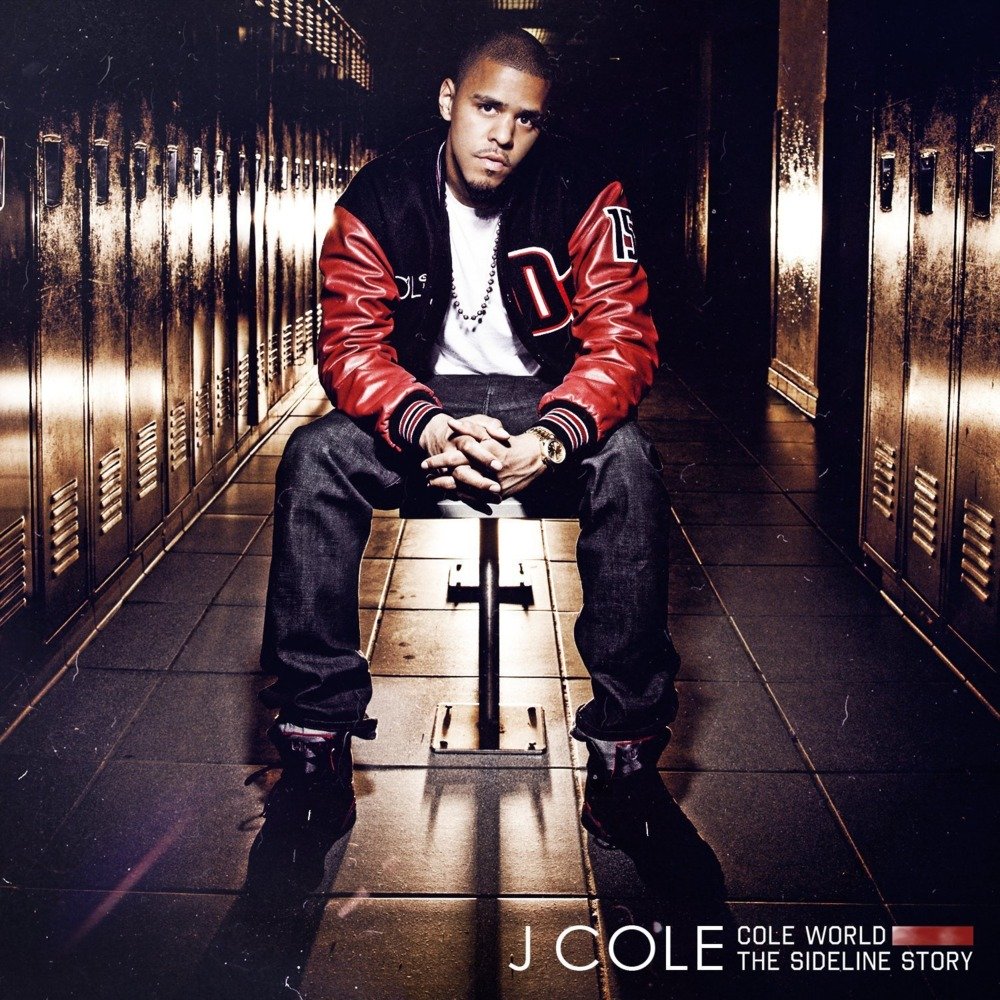
It’s almost quaint to go back and revisit J. Cole’s grasping debut effort, but let’s be honest; without “Work Out,” the North Carolina neo-backpack rapper may well have maxed out with Friday Night Lights and finally chased those hoop dreams, consigned to the heap of hyper lyrical underground forebears who couldn’t hack it in the mainstream. For better or worse, Cole World solidified Jermaine’s standing in pop-rap fans’ collective awareness, ensuring that the version of him we’ve come to know, love, and make memes about would be able to go multiple times platinum with no features.
Jay-Z and Kanye West — Watch The Throne
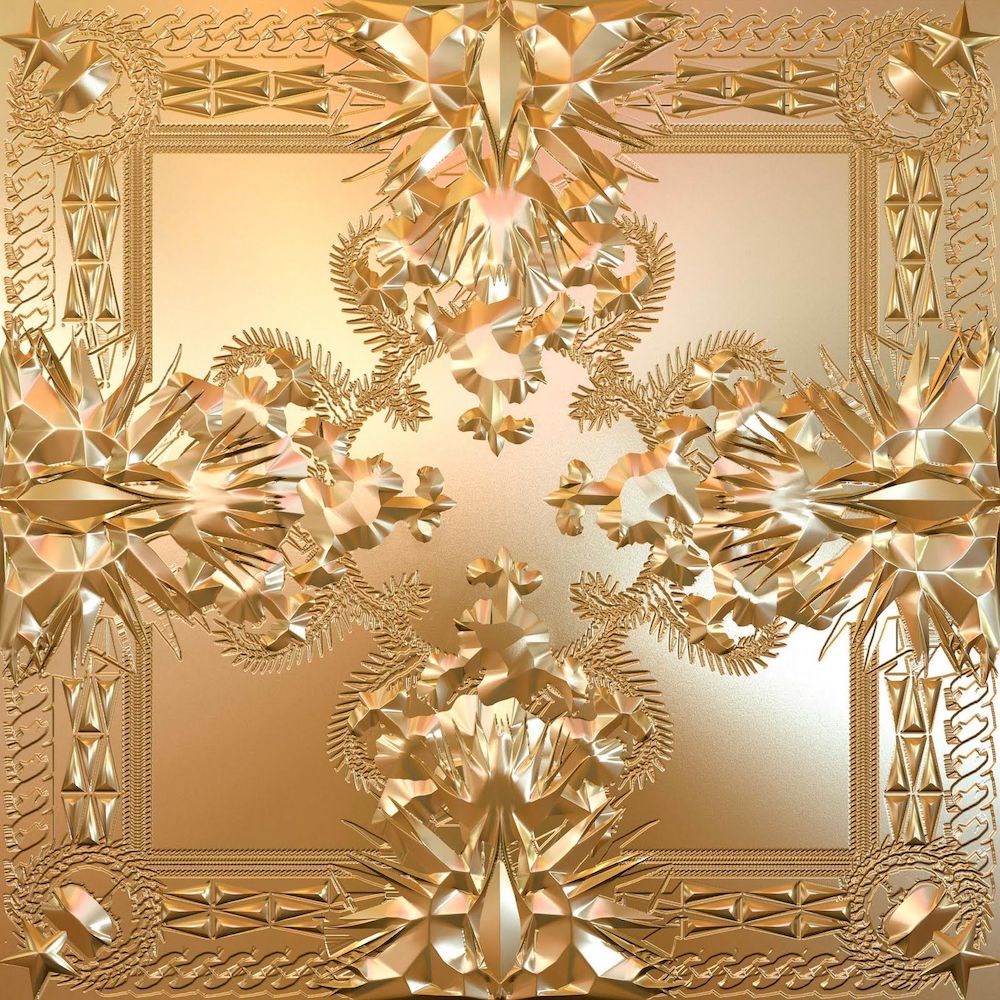
The “Black Excellence/materialistic success as revolutionary act” wave started here (and I’m still not sure that’s a good thing), with Jay-Z and Kanye kicking open the doors to nominally white spaces (shout-out to class solidarity) and contemplating million-dollar canvases for their illustrious cribs. Not to mention, Kanye helped Jay remain relevant after some critical missteps — Kingdom Come and Blueprint 3 nearly did irreparable damage to Jay’s cool quotient — while Jay lent Kanye the artistic credibility for which he’d longed but had always been a tad bit too crass to carry off. Since then, they’ve both done their best to undo that good work, but it’s a testament to how good it was that the slew of joint albums that followed are unavoidably compared to The Throne.
Kendrick Lamar — Section.80
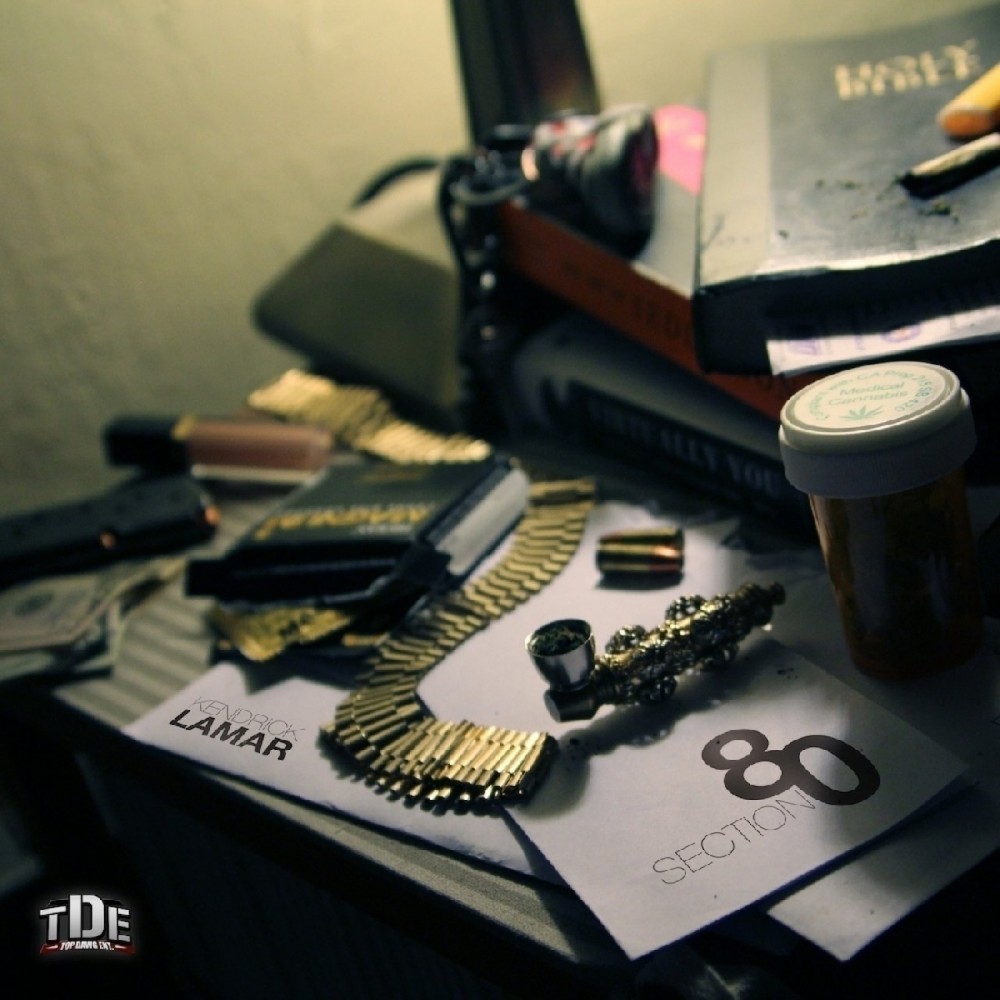
I almost didn’t even want to add this project, because its influence is… highly debatable? I mean, Kendrick Lamar is just so unique, so inimitable, he’s practically a self-contained universe of rap unto himself. There still isn’t anything out like Section.80. But maybe that’s the point. Kendrick influenced his damn self. Then, just to showboat a little, completely cracked the direct-to-consumer digital distribution model before anyone else had really figured it out. Was Section.80 a mixtape or an album? What did it matter in the long run, when it showed that an independent artist could put out a project and make money on it, with no major label budgets or marketing at a time that the music industry was still struggling to get its head and hands around the digital age? While everyone else panicked, TDE made moves and those moves made the singular Kendrick the defining artist of a generation.
Mac Miller — Blue Slide Park
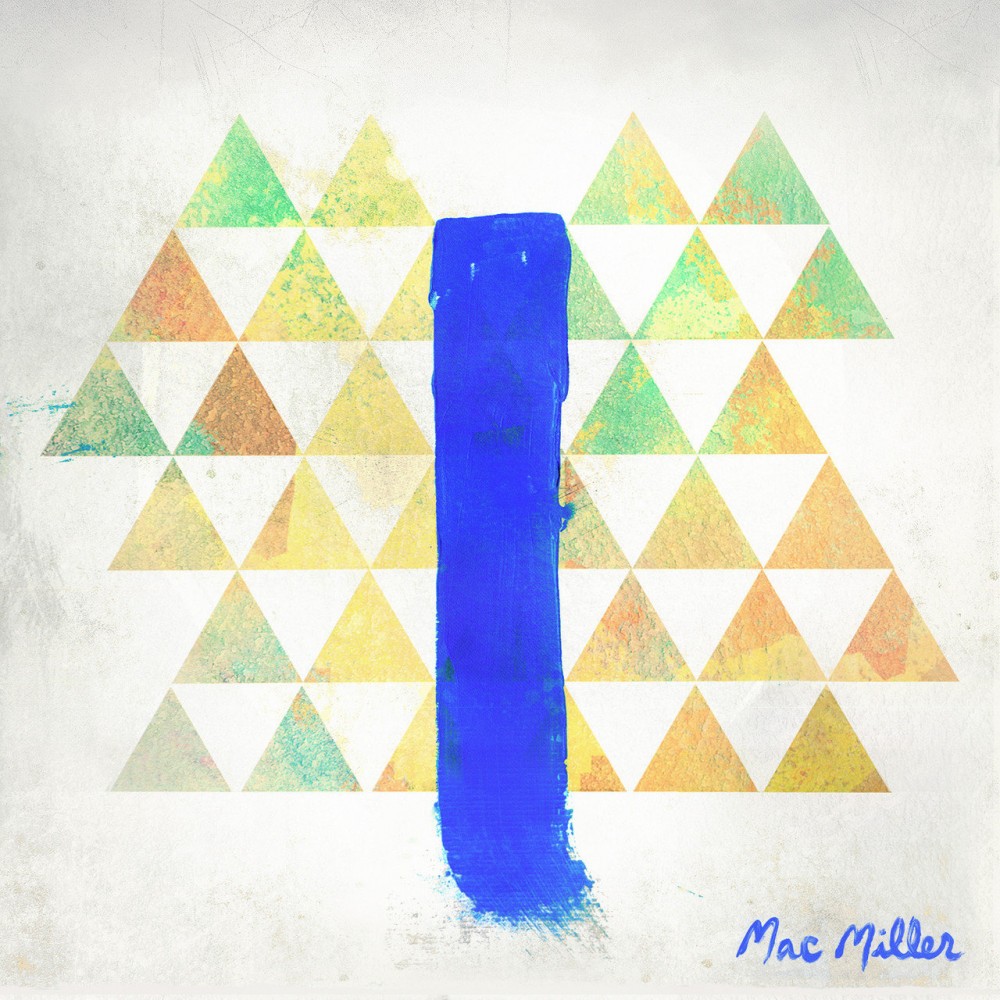
Blue Slide Park won’t be remembered as Mac Miller’s best project. That honor likely belongs to The Divine Feminine or Swimming. It was also not his most groundbreaking or innovative work, or his most beloved. It received mixed reviews from critics on arrival and unsurprisingly failed to help him rise to the star status he would later achieve. But with all that against it, it rose to No. 1 on the Billboard 200 — the first independent album to do so since the mid-90s. It was the first inkling that the rules of the music world as we knew them had shifted in favor of the little guy. Even mixtape juggernauts like Drake, J. Cole, and Kendrick Lamar all eventually linked up with majors to rack up major sales. Miller’s feat proved that all it took was major love from a small but dedicated cadre of fans. Eventually, the Frick Park playground for which he’d named the album was unofficially renamed in his honor (it’s eligible for an official change in September of this year).
Phonte — Charity Starts At Home
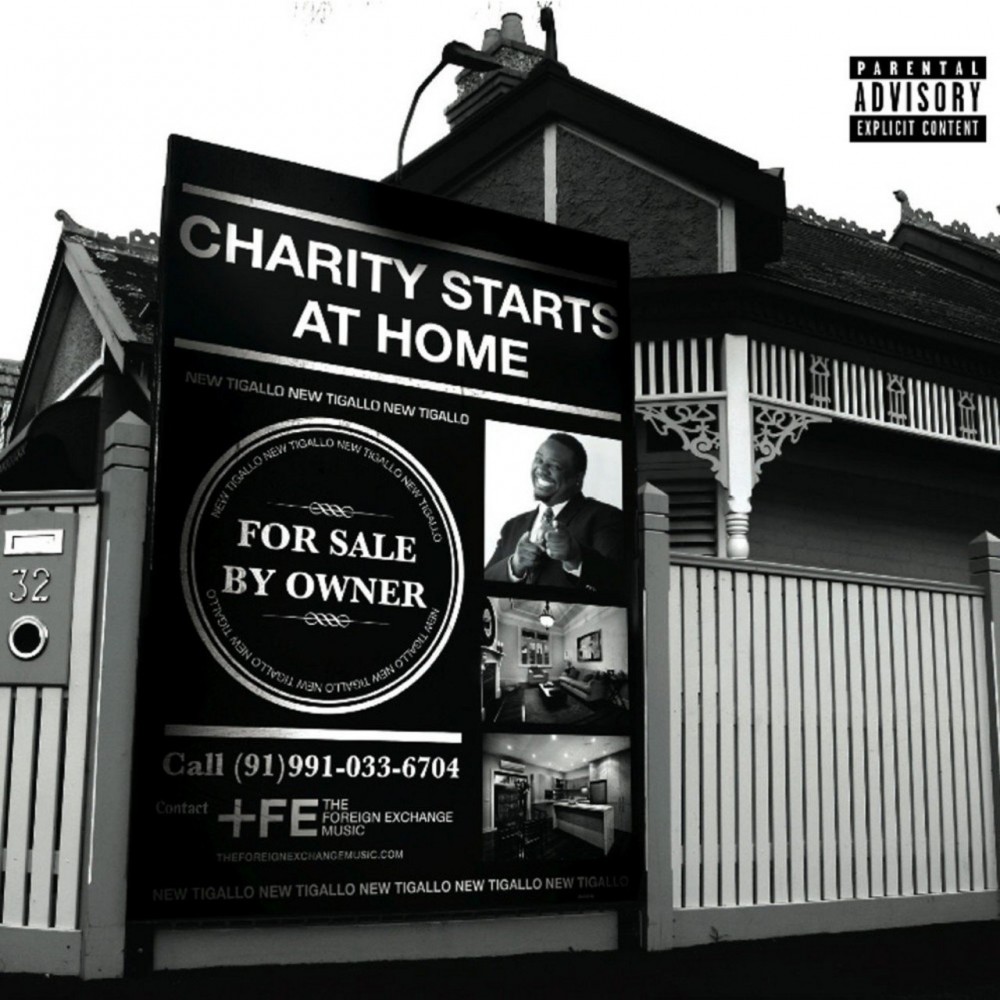
Beyond statistical achievements or critical awards, Phonte’s first solo effort independent of Little Brother and The Foreign Exchange proved one thing: Hip-hop could grow up. The genre had long been considered the purview of teens and young adults (with good reason when you consider the genre was basically invented piece by piece by basically a pack of 8th graders in New York), but with Charity, Phonte pushed the boundaries toward topics like marital malaise, having a career outside of hip-hop, and yes, aging gracefully inside a genre that wants you to do anything but. Six years before 4:44 was hailed as the evolution of “dad rap,” Phonte quietly carved out a new niche, unheralded but content with his contribution, knowing that hip-hop would eventually have to catch up. Father Time is, after all, undefeated.
Tyler The Creator — Goblin
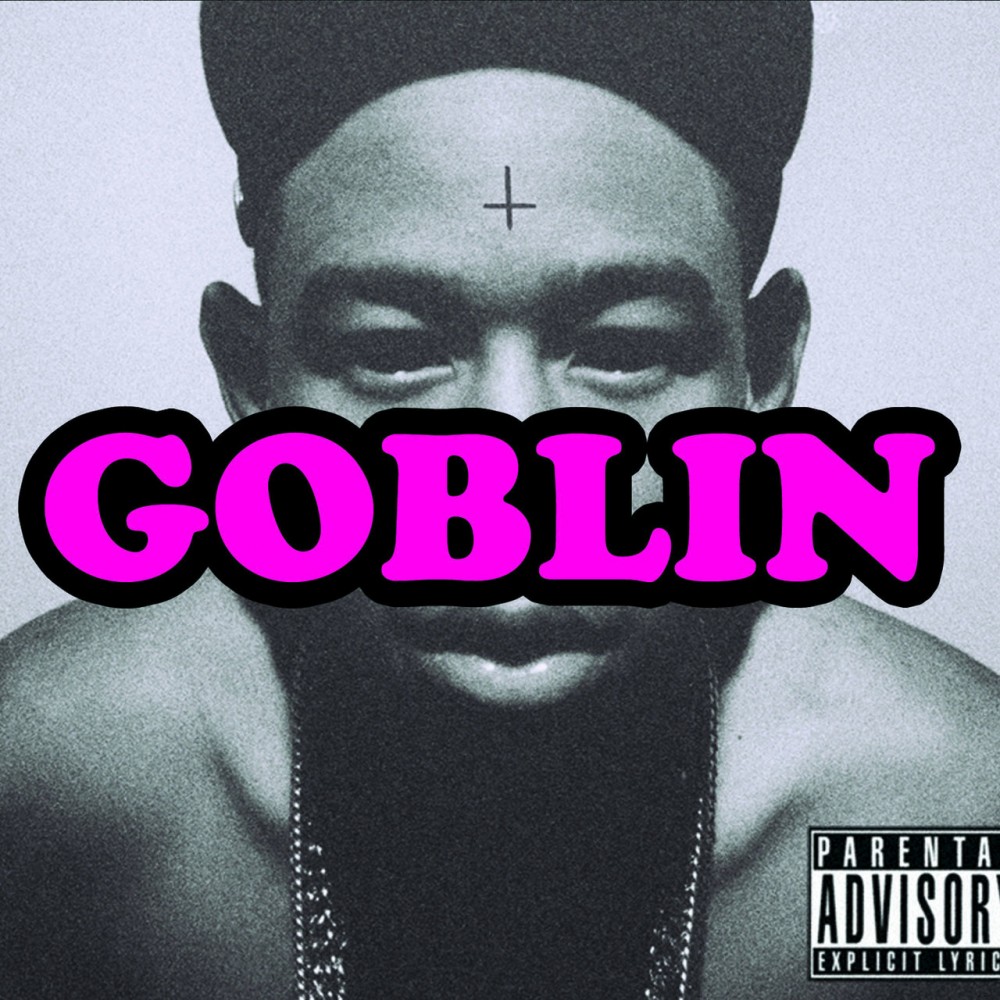
Goblin didn’t exactly reinvent any wheels. Horrorcore-style shock raps had been around for a cool decade and a half when Tyler The Creator first pretended to eat a cockroach and hang himself in the video for “Yonkers.” But no one before or since has been so thoroughly capable of capturing the public’s attention, gluing it on, and running with it for so long, through so many evolutions and artistic detours that the artist today is hardly recognizable from the one who broke every industry convention a decade ago — something he seems content with. He’s since become the convention himself; just check out the remnants of Raider Klan or Brockhampton, the heirs apparent to the Odd Future mantle.
The Weeknd — House Of Balloons
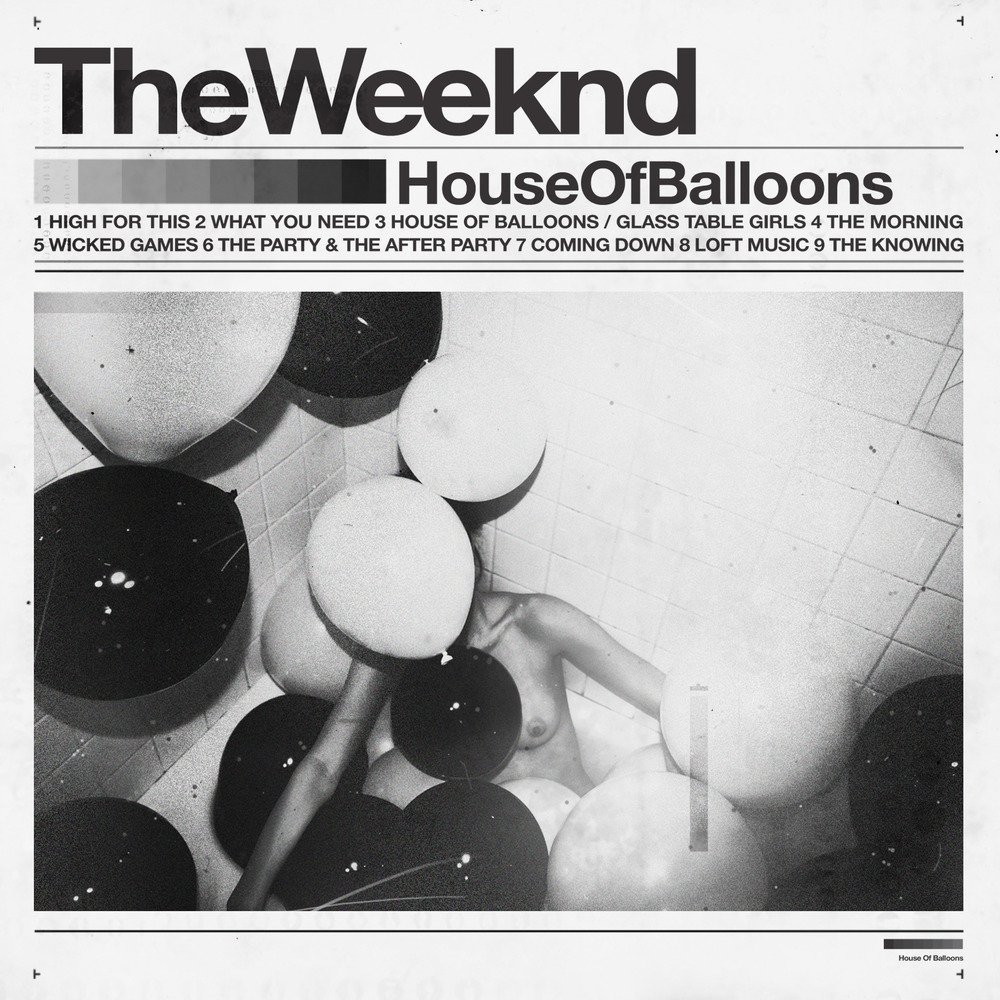
If Nostalgia, Ultra showcased all the bright prospects of the 10 years ahead, House Of Balloons exposed their seedy underbellies, its icy, disaffected take on the era of ever more extravagant corporate-sponsored parties reflected in the deconstructed pop culture posts that held up Tumblr’s decaying framework well after the platform had been cannibalized by… well… corporate sponsors. Abel’s immaculately curated artifice is evident in the rollouts of mysterious artists like HER and RMR, who emerge from seemingly nowhere, swathed in shadows but glittering with potential.
Some artists covered here are Warner Music artists. Uproxx is an independent subsidiary of Warner Music Group.

